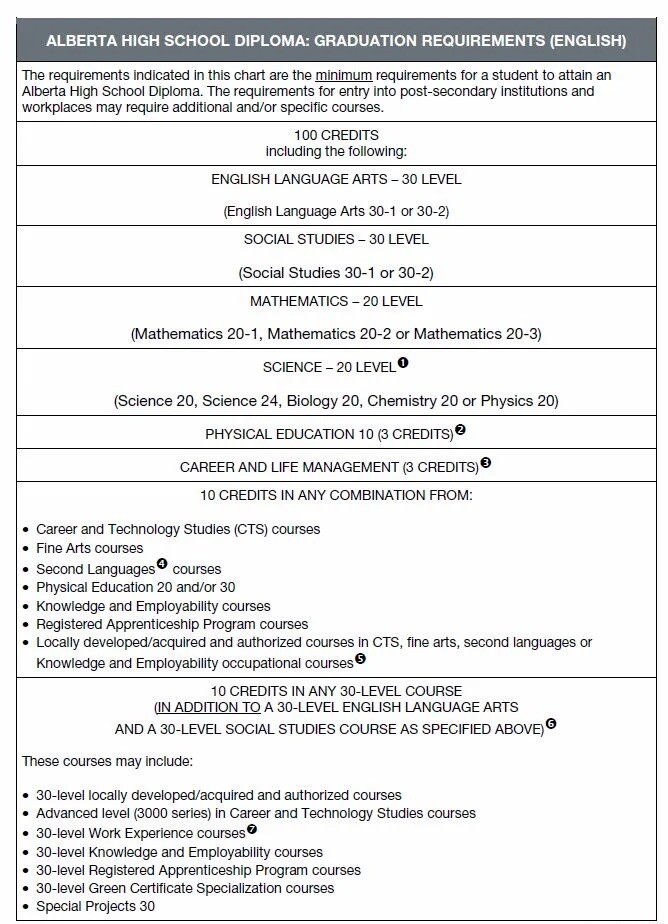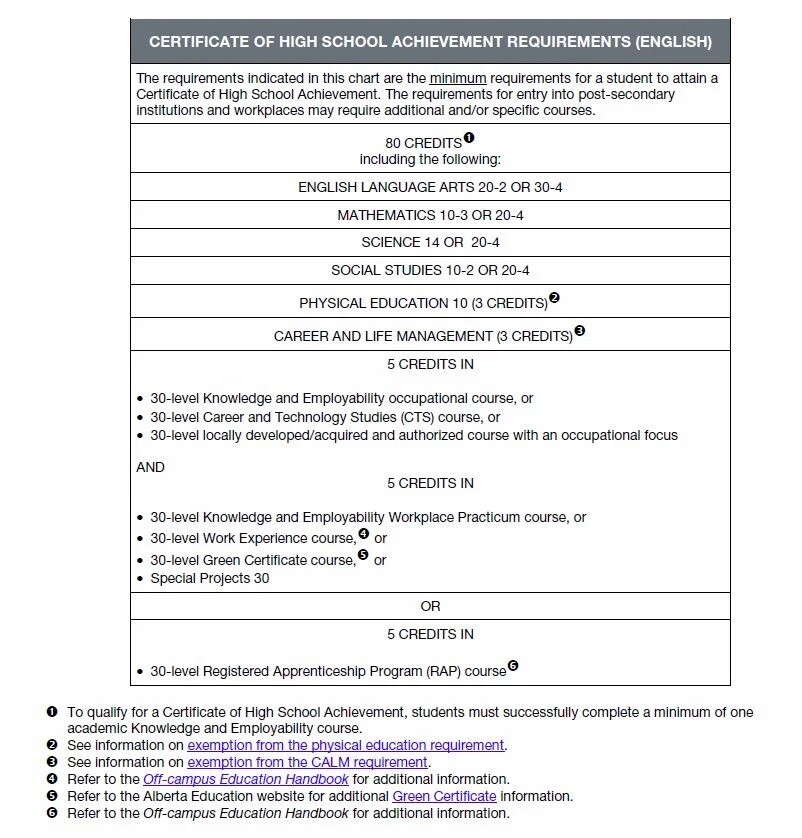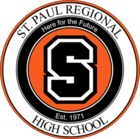Planning Your Program: Some Guidelines
Career Plans - these plans tend to change throughout high school. You should consider taking courses which will permit maximum freedom of choice with regard to career opportunities.
In organizing a program, you should keep in mind three things:
- the requirements for a High School Diploma
- the program that has the closest relationship to your anticipated career, your interests, abilities and aptitudes.
- admission requirements to post-secondary programs - these requirements vary greatly and many programs have limited or competitive entry. It is recommended that students take advantage of Student Services to ensure they will have the necessary prerequisites for their post-secondary studies.
Plan for Life - To plan and carry out a high school program is to plan for life - do it with care, start with yourself and be positive about yourself, your abilities, your gifts and your choices. Decide what is most important to you now (your social life, a part-time job, sports your education).
High School Diploma
The High School Diploma is an official document issued by Alberta Learning (each March and September), certifying that the holder has completed a prescribed program of instruction at a high school or through distance education instruction under the direction and supervision of Alberta Learning. To graduate from St. Paul Regional High School, a student will be required to have 100 credits.
A student wishing to obtain entrance to a university faculty should arrange his/her program to include subjects required by that faculty.
All Grade 12 students in Alberta will be required to write provincial high school diploma examinations in selected courses. The diploma exams will be course specific and will cover the following courses: English 30-1, English 30-2, Social Studies 30-1, Social Studies 30-2, Mathematics 30-1, Mathematics 30-2, Biology 30, Chemistry 30, Science 30 and Physics 30. To receive credit for one of these courses, a student must obtain a final course mark of 50%. The student's final course mark will consist of a 70/30 weighing of the school awarded mark and the diploma examination mark. The student's high school transcript will show a school-awarded mark, a diploma exam mark and a final blended course mark for each subject.

Knowledge and Employability Program
Knowledge and Employability courses replace the Integrated Occupational Program and are a series of courses rather than a program. This allows schools and students to have some flexibility in offering and selecting the courses based on highest level of achievement and areas of need. These courses begin in the Grade 8 year of schooling and continue through the Grade 12 year of schooling. During grades 8–12, students may enroll in one or more courses at any appropriate entrance/registration date.
Knowledge and Employability courses are designed for the student who learns best when the focus is on the development and application of reading, writing and mathematical literacy and when meaningful connections are made between the home, school, workplace and community through experiential learning experiences. This series of courses provide students with opportunities to experience success and become well-prepared for employment, further studies, citizenship and lifelong learning.
Students who successfully complete Knowledge and Employability courses may qualify for a Certificate of High School Achievement. Students may also transfer into courses leading to an Alberta High School Diploma at any time during their senior high school career. Knowledge and Employability courses consist of both academic and occupational courses at both the junior and senior high school levels.

